Sawfish safehouse
Northern Australia is one of the last strongholds for largetooth sawfish and it is an important home for other endangered species too. Barbara is investigating the role of sawfish within the ecosystem and working with citizen scientists to raise awareness about this critical habitat.
I grew up in Austria, a land-locked country in the heart of Europe. My parents love travelling and whenever they could take time off, they would pack the Volkswagen Kombi and drive to the sea with my brother and me. We spent all my childhood summers on the Mediterranean coast and one of my first memories of the ocean – I was too young to remember my age – is from Turkey. My mom left an empty, but not clean, soup can overnight in shallow water. When we returned to it the next day there was an octopus inside. What...
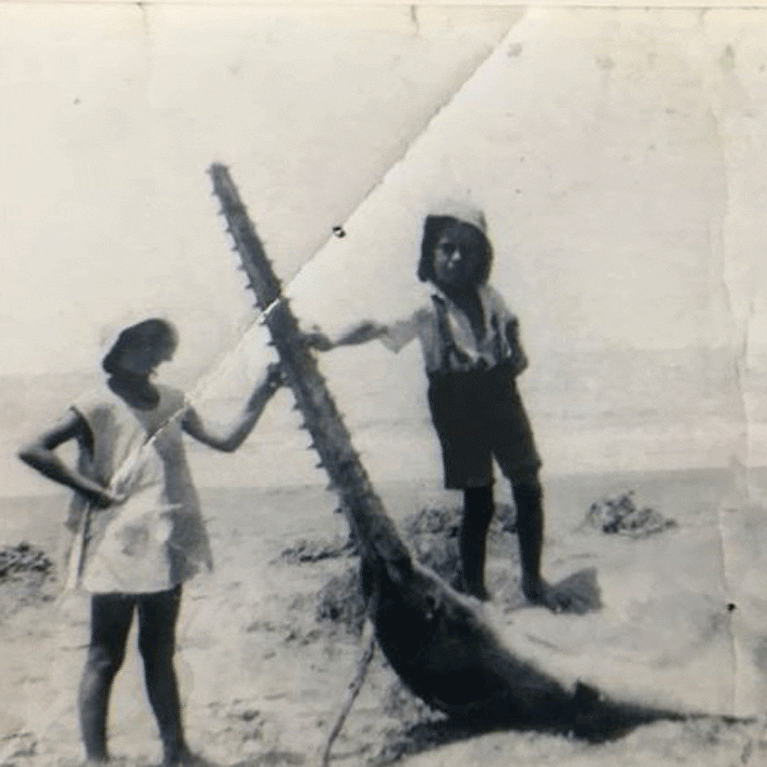
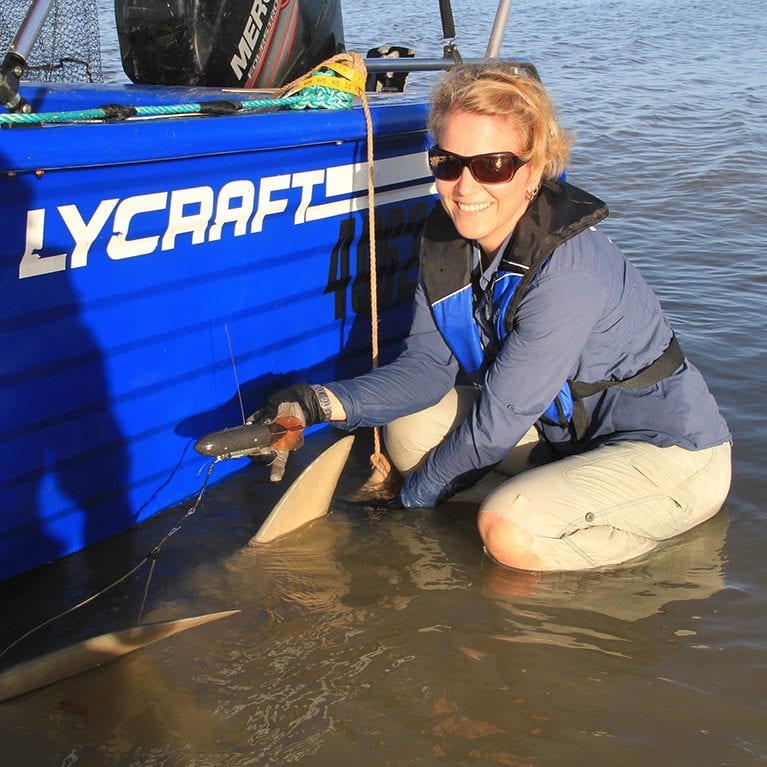
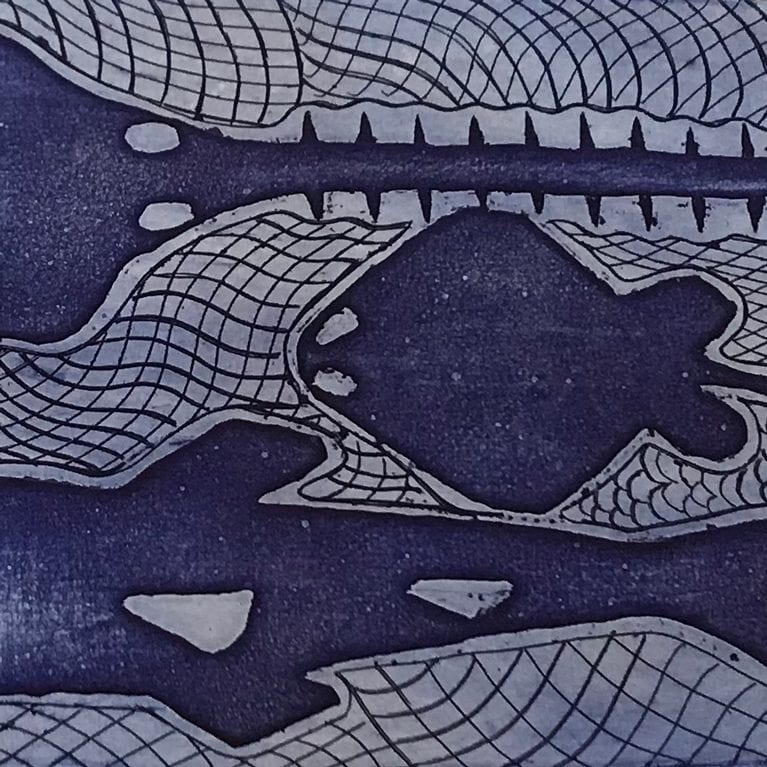
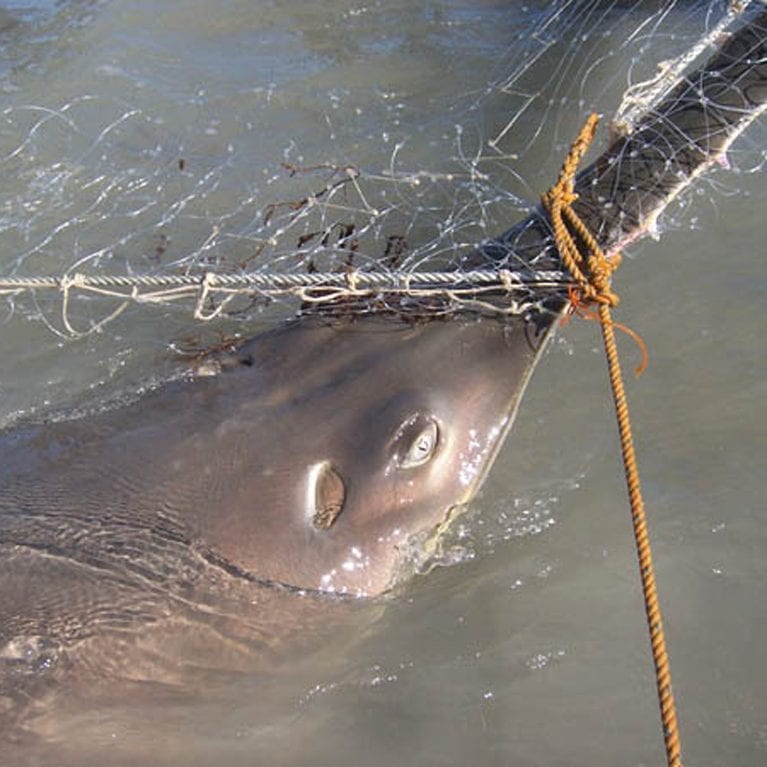
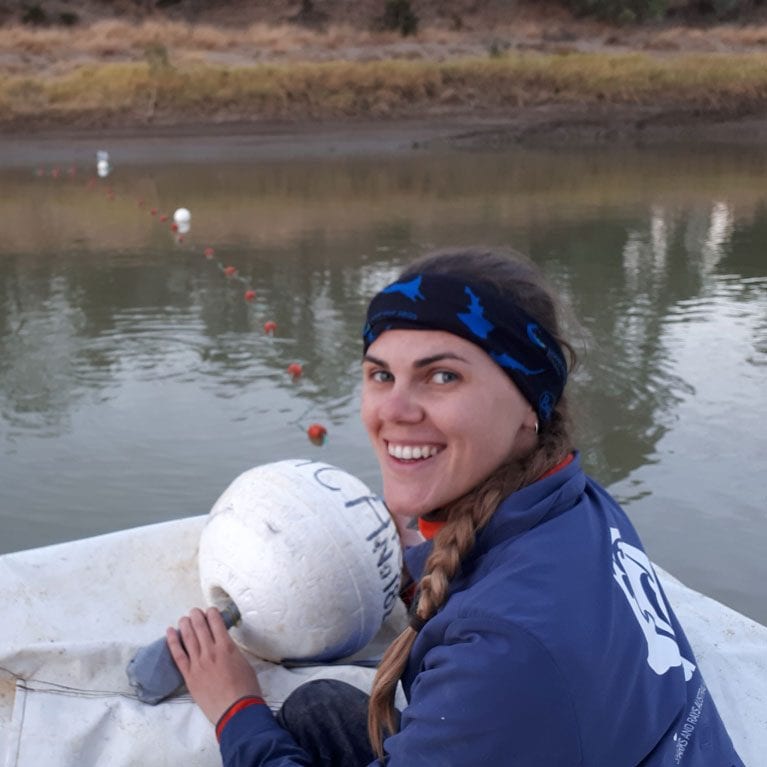
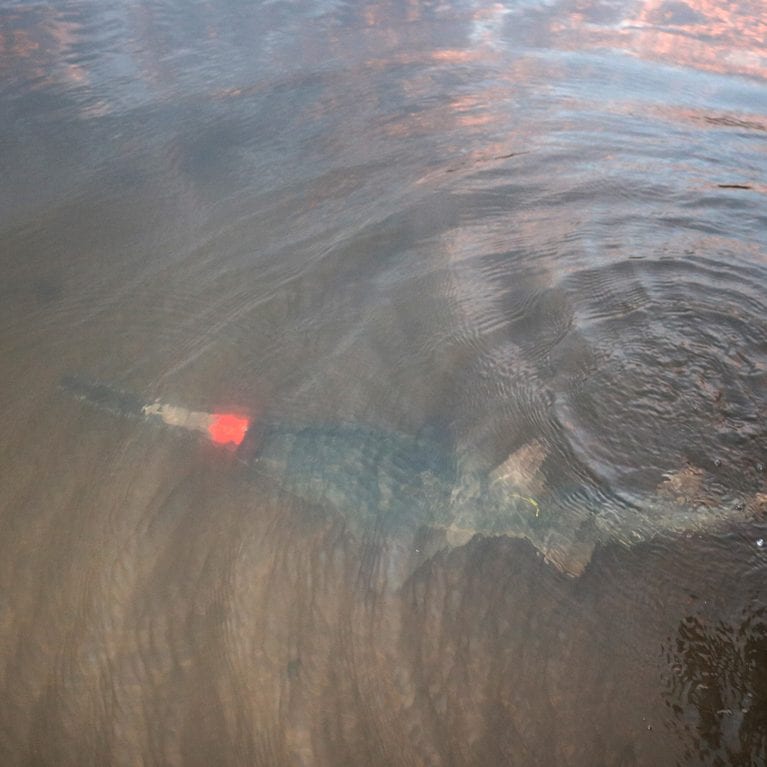
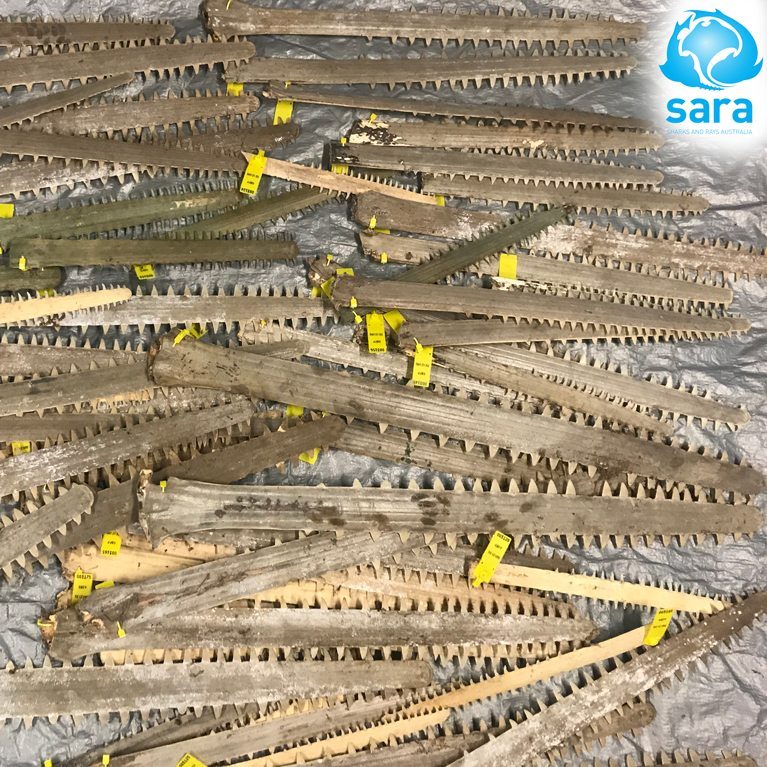
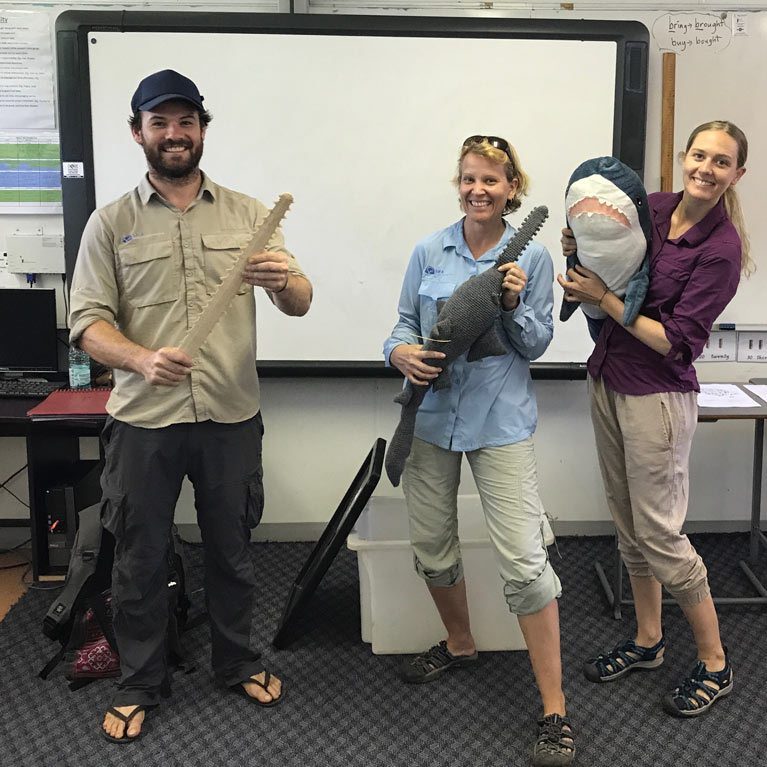
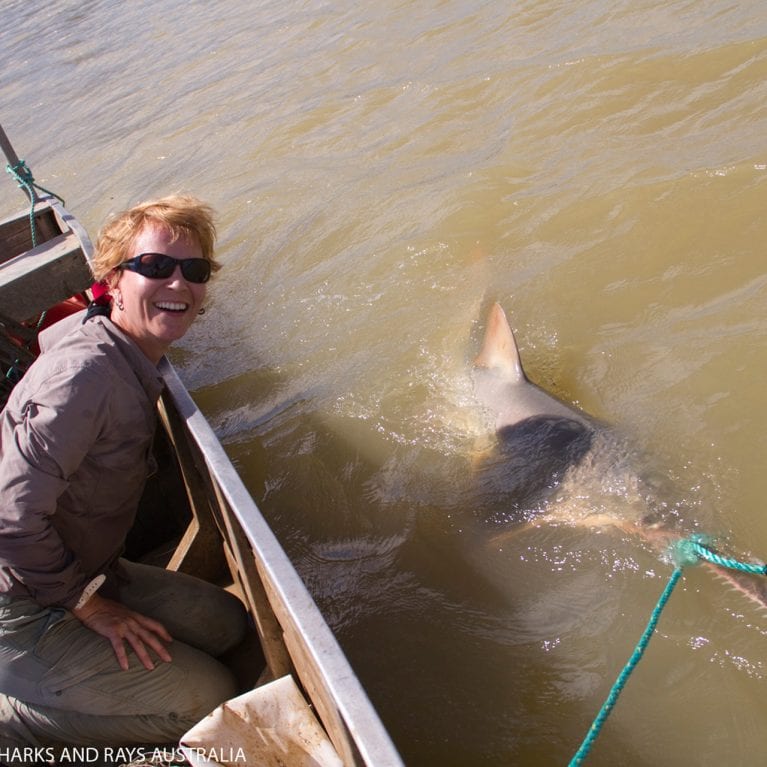
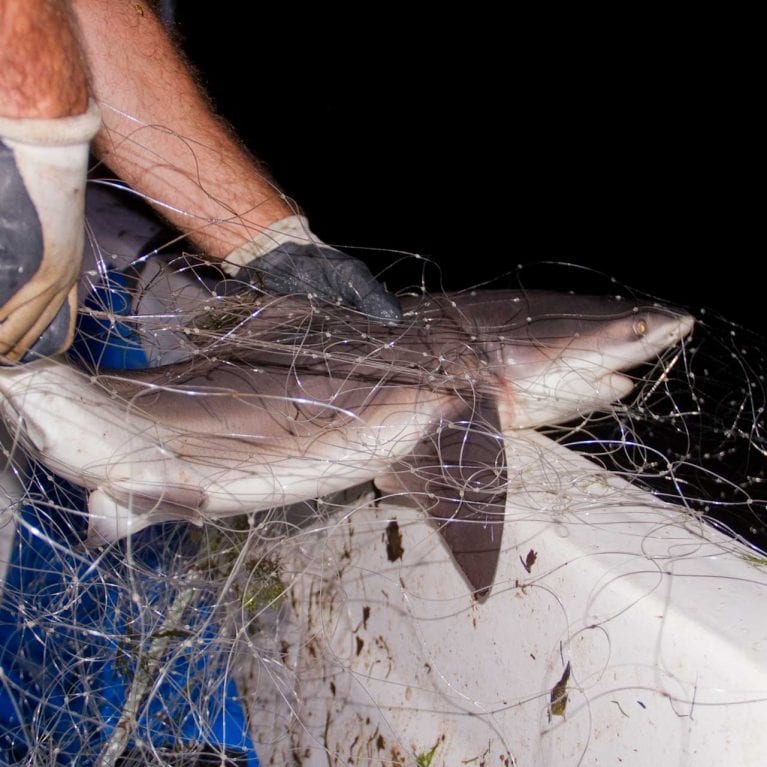
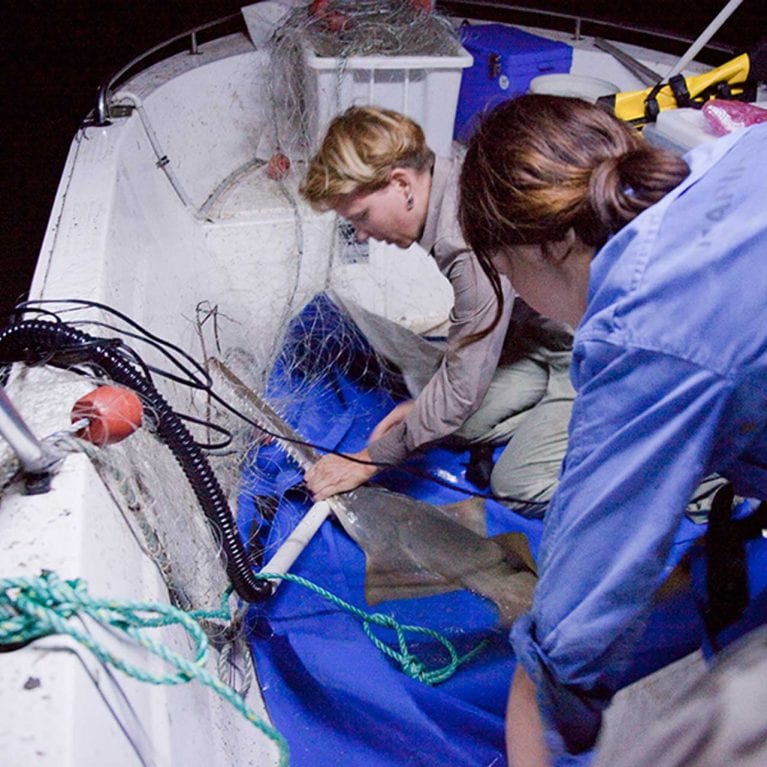
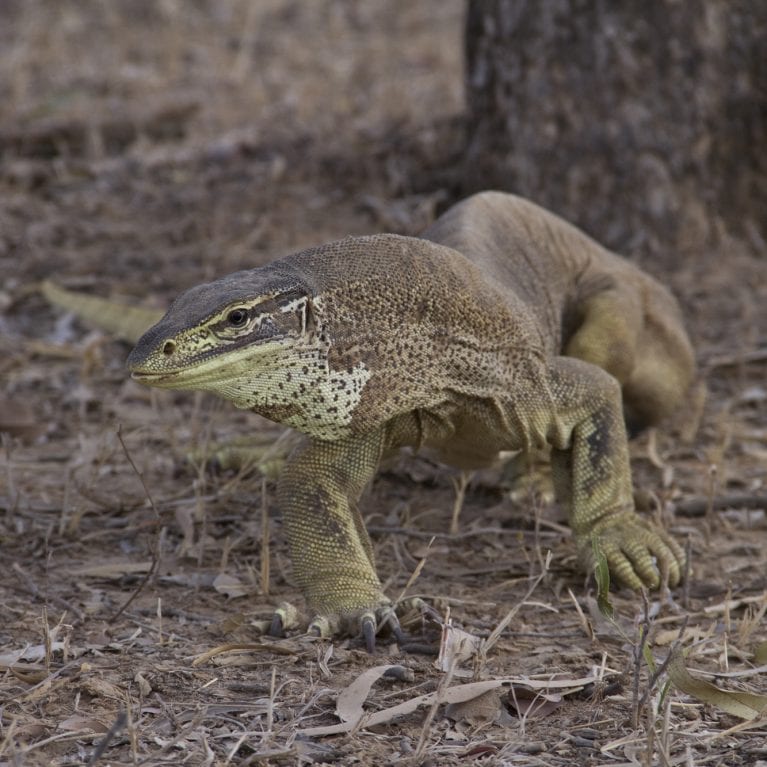
Trophic position and ecological roles of euryhaline elasmobranch predators
The key objective of this project is to elucidate the trophic positions and ecological roles of six species of estuarine and euryhaline elasmobranchs within their coastal and riverine habitats on the Cape York Peninsula in Australia. We will involve the public in data collection and thus educate them about these animals and ecosystems.
Globally populations of aquatic apex and mesopredators, including elasmobranchs, are declining at alarming rates. This loss of predators and their regulatory effect on lower trophic species can change ecosystems. Therefore, the assessment of elasmobranch community structures is highly important for the creation of management plans.
The remote habitats of Northern Australia and the Gulf of Carpentaria are home to very rare, globally threatened and little-understood elasmobranchs. Here, the last global stronghold remains for four species of sawfish – the most threatened elasmobranch family. Other endemic and threatened megafauna are speartooth sharks and freshwater whiprays, which were only described in 2008.
Because of its low human population density, Cape York is relative pristine. But as development in these ecosystems progresses, the area might soon be threatened.
This project’s multi-disciplinary scientific approach will allow collection of baseline data on the biology of the study species in a relatively pristine environment. This information is needed to understand the species’ conservation requirements in Cape York and elsewhere around the globe. Meanwhile, the public outreach component of the project aims to put sawfishes on the international eco-tourism map as flagship species in Cape York. This approach will allow us to develop long-term monitoring programmes for these species and also make their existence in Australia common knowledge.
Euryhaline elasmobranchs (that is, elasmobranchs able to adapt to a wide range of salinities) and freshwater elasmobranchs, including the six study species, are particularly vulnerable to habitat modification and destruction, pollution and overfishing because of their restricted habitat and large body sizes. To achieve tailored protection measures, we need to fill the gaps in our knowledge of the biology and community structures of the six study species. This project aims to provide a holistic understanding of the species’ biology through a multi-disciplinary approach. So far, my line of research has focused on the sensory biology and feeding behaviour of these six species, uncovering many of their adaptations, which define their theoretically optimal niche. The proposed project is an expansion of this work to identify where these species fit in food webs and how they use their microhabitats. This will enable us to identify potential impacts of anthropogenic modifications (e.g., sedimentation changes and salinity changes).
The aims and objectives of this project are to:
- Assess the ecological niches and microhabitats of the study species. Microhabitats will be identified through analysis of spatial habitat use, activity patterns, predatory behaviour and the species’ relationship with abiotic and biotic habitat factors (e.g., visibility, water temperature, depth, salinity, prey abundance).
- Assess the trophic levels and isotopic niche spaces of the study species within their habitats and in relation to each other and other species. Given their sizes, all could be apex or mesopredators.
- Identify differences and similarities in sensory and neurological adaptations between the study species. Knowledge of these adaptations will shed light on the ‘theoretically optimal niche’ of these species.
- This research is part of a larger project that is on-going. Overall it aims to:
- Collect data on the spatial ecology of adult sawfish in North Queensland. Animals will be satellite tagged after they have given birth in estuaries and before they move into the Gulf of Carpentaria. This is vital, as to date virtually nothing is known about sawfish once they become sexually mature
- Involve local schools, the local community, tourism operators and tourists in the proposed research.

